Visvesvaraya Technological University (VTU) 2007 B.E First Semester Engineering Mathematics- I - Question Paper
The quetion paper is attached here
Time:03 Hours Max Marks:100
First Semester B.E. Examination Engineering Mathematics- I (06MAT11)
Model Question Paper
|
Note: 1. Answer any FIVE full question selecting at least TWO questions from each Part 2. Answer all objective types questions only in first and second writing pages. 3. Objective types questions should not be repeated. Q1. a ( i ) If y = xn log x, then yn+i is (A) (n-1)! / x (B) n! / x (C) n! / xn (ii) The angle between radius vector & tangent is n / dd , dr 1 (A) tan /=r (B) tan /=r (C) tan/ dr dd (iii) The nt derivative of log (ax + b) i (A) (-1) -1(' -1>! a' (B) (ax+b)" (iv) Angle between the two cu1 (A) -3n / 4 (B) / Q.2. a (i)Jf u = x | ||
|
d. Find the ped&lequation of | 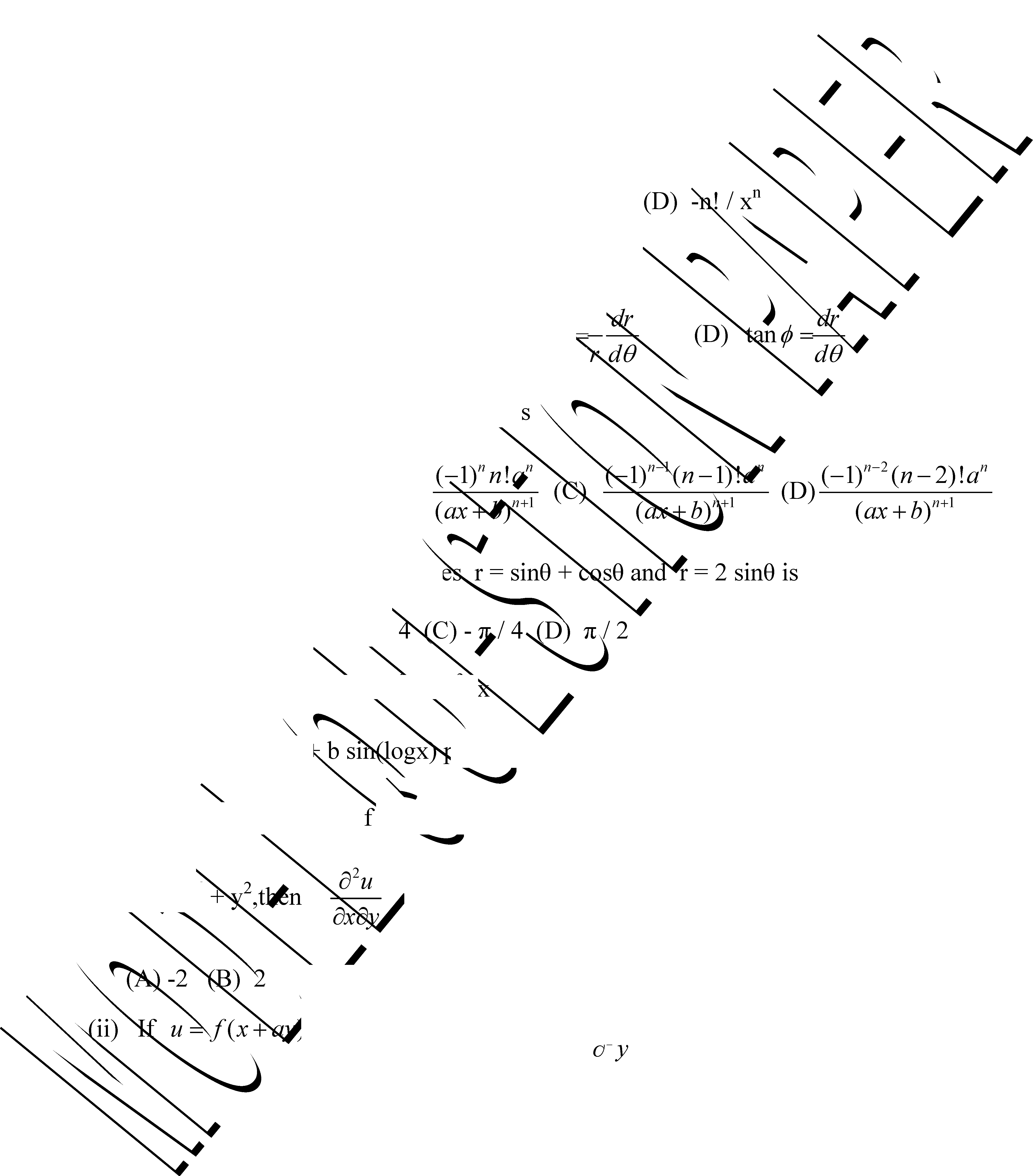 |
* is equal to (CNr (D) 2 x + 2y I + g (x - ay) ,then the value |
|
(1x 4 = 4) (4) | ||
PART - A
b. Find the n derivative of* e2*scos 2
c. If y = a cos (logxj+b sm(logx)*prove that x 2 y+2 +(2'+1) xy+i +('2 +1) y = 0 (6)
|
2 d2u d2u dx2 v J dx2 v J dx2 v 7 dxdy , du du . then x + y is dx dy | |
|
/ A x + ta n + y sin | |
d2u d2u
(A) (B) a (C) a (D)
(iii) If u = sin 1
v y j
(A) -1 (B) 1 (C) 0 (D) -2 (iv) If u = x (1-y) and v = xy, then the value of JJ1 (A) 2 (B) -1 (C) 1 (D) 0
b. If u is a homogeneous function of x & y with de
, du du prove that x--+ y = nu
dx dy
-1
c. If u = ta n
z
x
1
Q3.a. (i) The value of jx2(1
0
(A) n/32 (B) -n/3X(C)X(D)lj2
(ii) The equationof the asymptotf x3 + y3 = 3axy is
x - y + a =0 (C) x + y + a = 0 (D) x - y - a = 0
(iii) A 'CuTve a '(1+cos0) hia&jmaximum value
(A)x (B) (Qd ) 0
then which of the following is true
(A) x +sy <=0
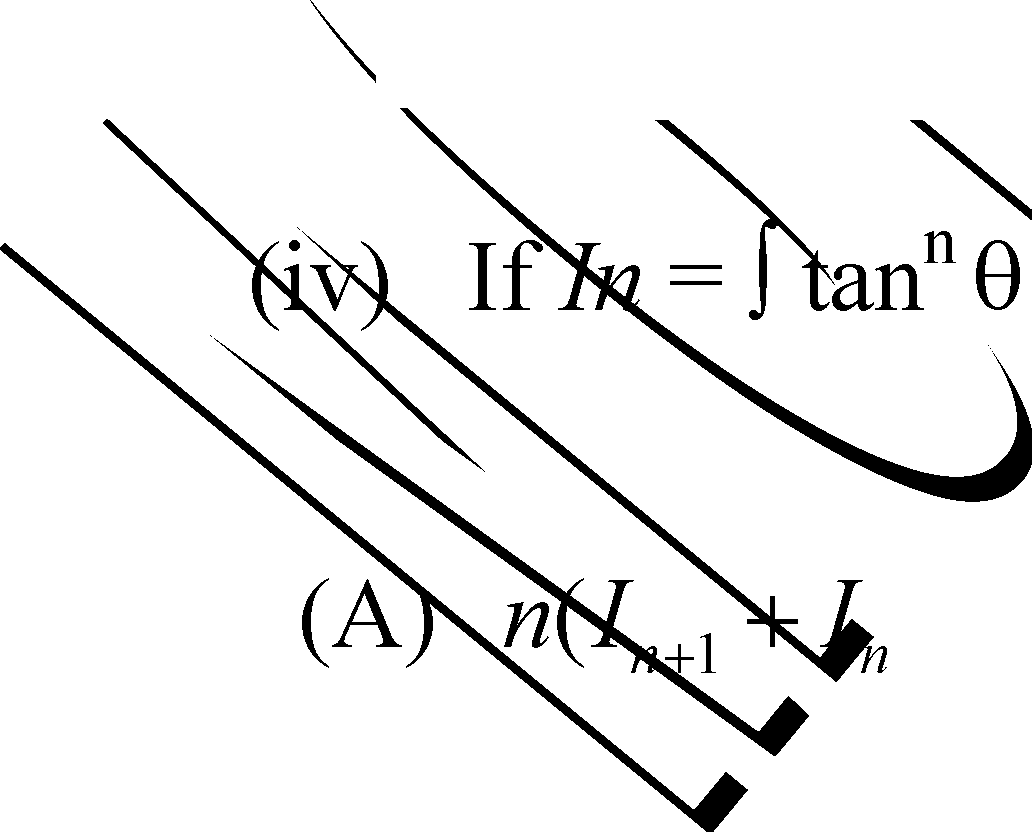
_,) = 1 (B) In+1 + In-1 = 1 (C) n(In+1 - ) = 1 (D) In+X + In = 1
(1x 4 = 4)
b. 0btain the reduction formula for 1 cosnx dx (4)
2 a 2
x
c. Evaluate J . x
0 yJ2ax - x~
rdx
(6)
2
2/3 2/3 2/3
Q.4 a. (i) The complete area of the curve x + y = a is
|
3 | 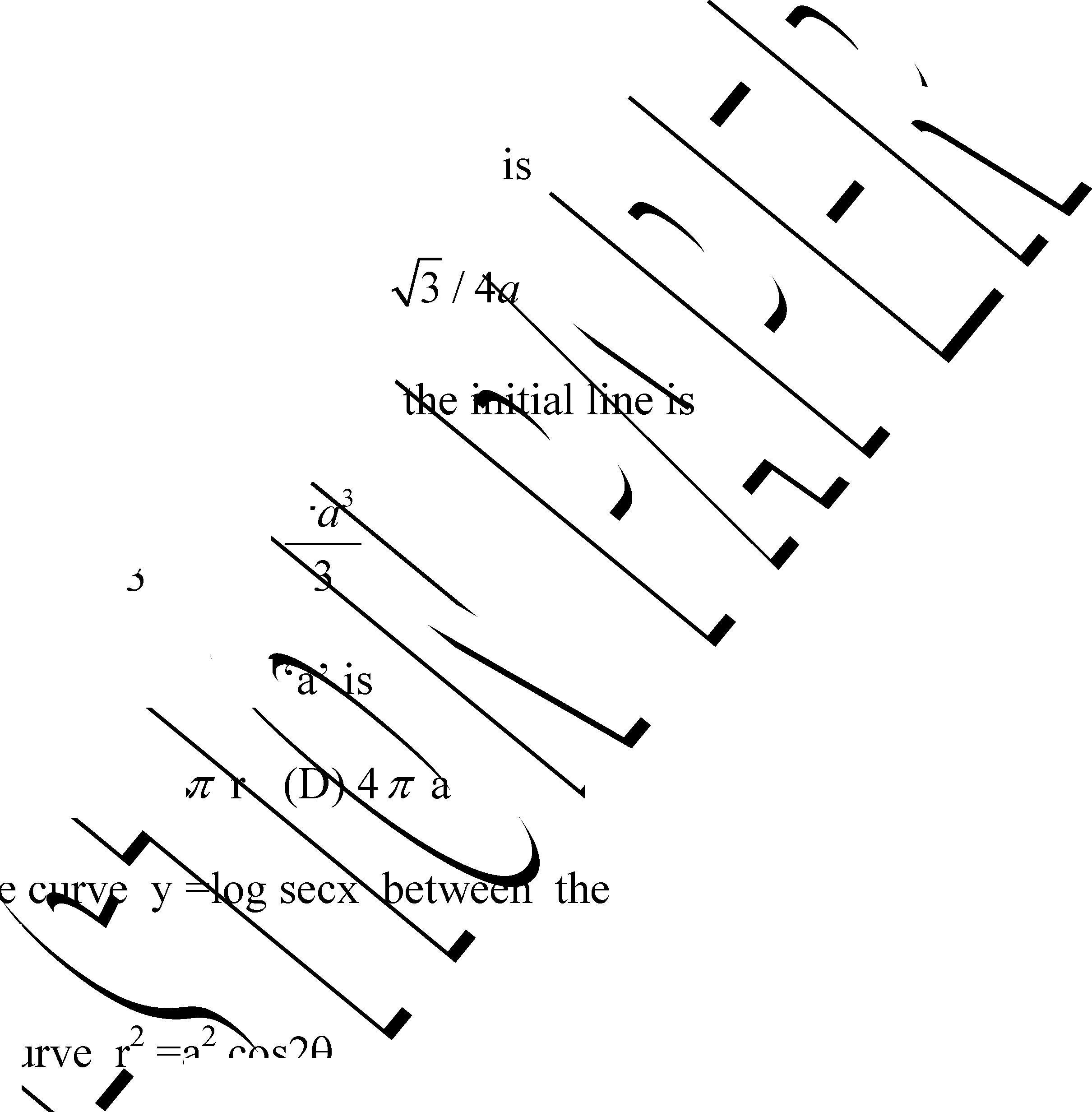 |
|
(1x 4 = 4) (4) (6) | |
(A) 2a (B) -a (C) 0 (D) 6a
(ii) The length of the loop of the curve 3ay 2 = x(x - a)2
(A) 2a/V3 (B) 4a/V3 (C) S/a (D)
(iii) The Volume of the curve r = a( 1+ cosO) about
3
(vi) The surface area of the sphere of radios (A) 2 n r2 (B) 4 n a2 (C) 4
|
b. Find the length of the arc of th points x = 0 to x= Tt /3 c. Find the area boundec | |
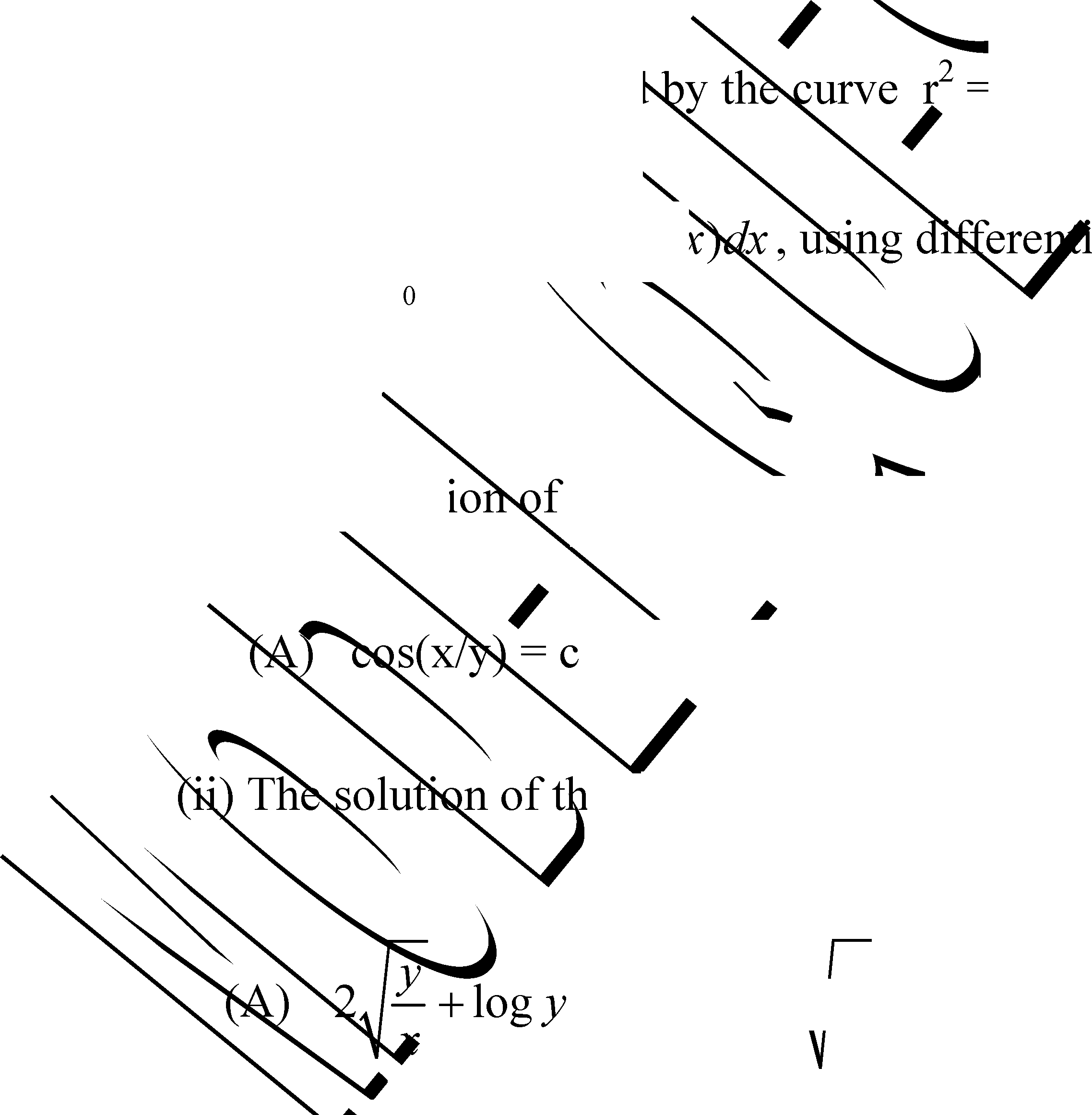 |
dx x + Jxy |
|
(iii) TheNfntegrating factor of the differential equation + y cot x = cos x is dx | |
n
d. Evaluate j log (1 + a cos;
ation under integral sign
PART -B
y
Q5 a. (i) Th ie solut the differenta-equation = + tan
dx x
is
V
(B)s(y/x) = c (C) sin -1(x/y)=cx (D) cos(y/x)=cx
e differential equation = y
is
= c (B) 2J = log y + c (C) -3 + log x = c (D) log - = c
y v y y
(6)
(A) cosx (B) - sinx (C) sinx (D) cotx
(iv) The Orthogonal trajectory of xy = c is
(A) x2-y2 = c (B) x2 + y2=c (C) x-y=c2 (D) x2- y=c
b Solve 3 ex tanydx + (1-ex) sec2y dy =0
dy x + 2 y - 3
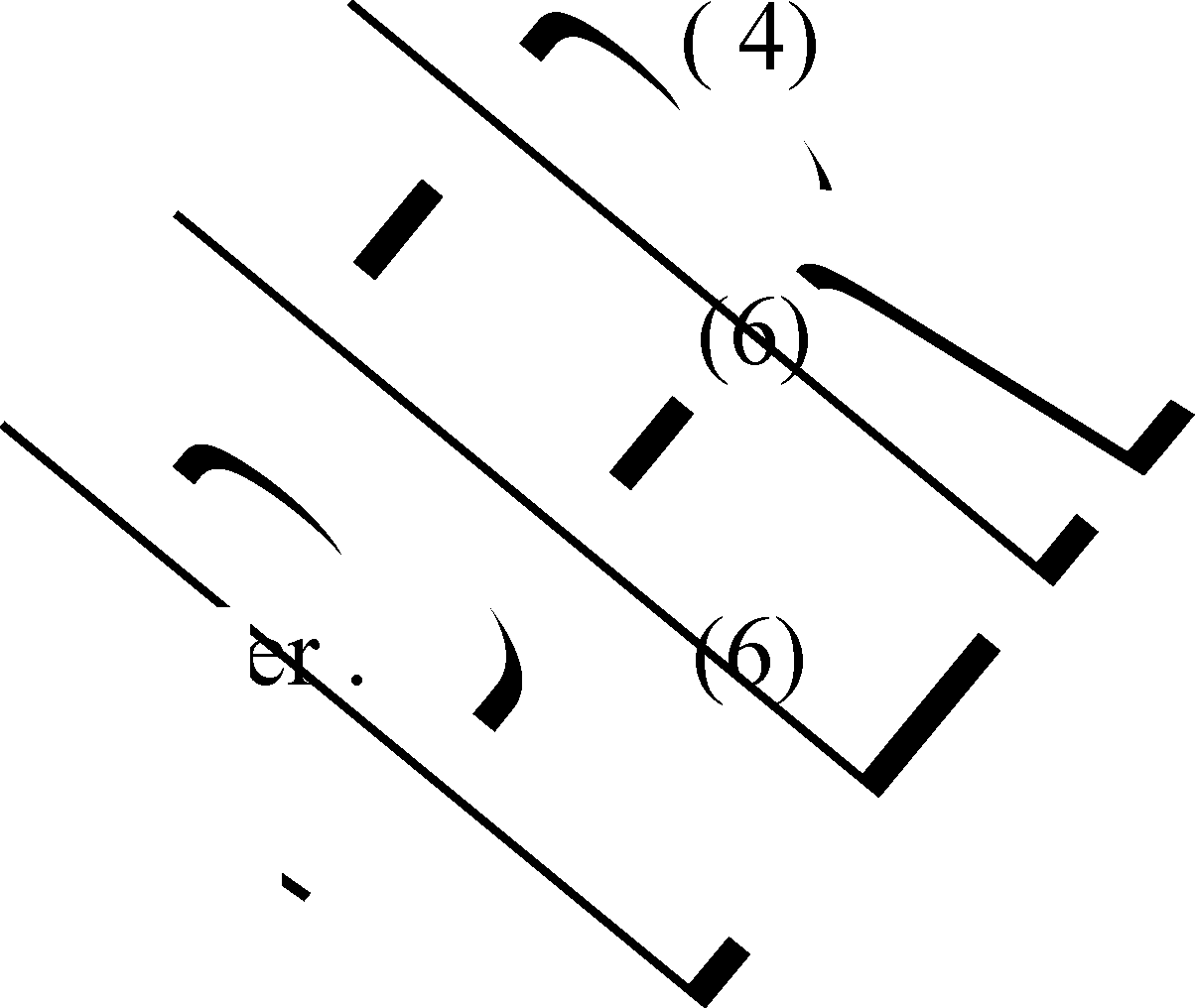
c Solve
dx 2 x + y - 3
2 3 \ n
is
(A) l <1 (B) l >1 (C) l < 1 (D) l >-
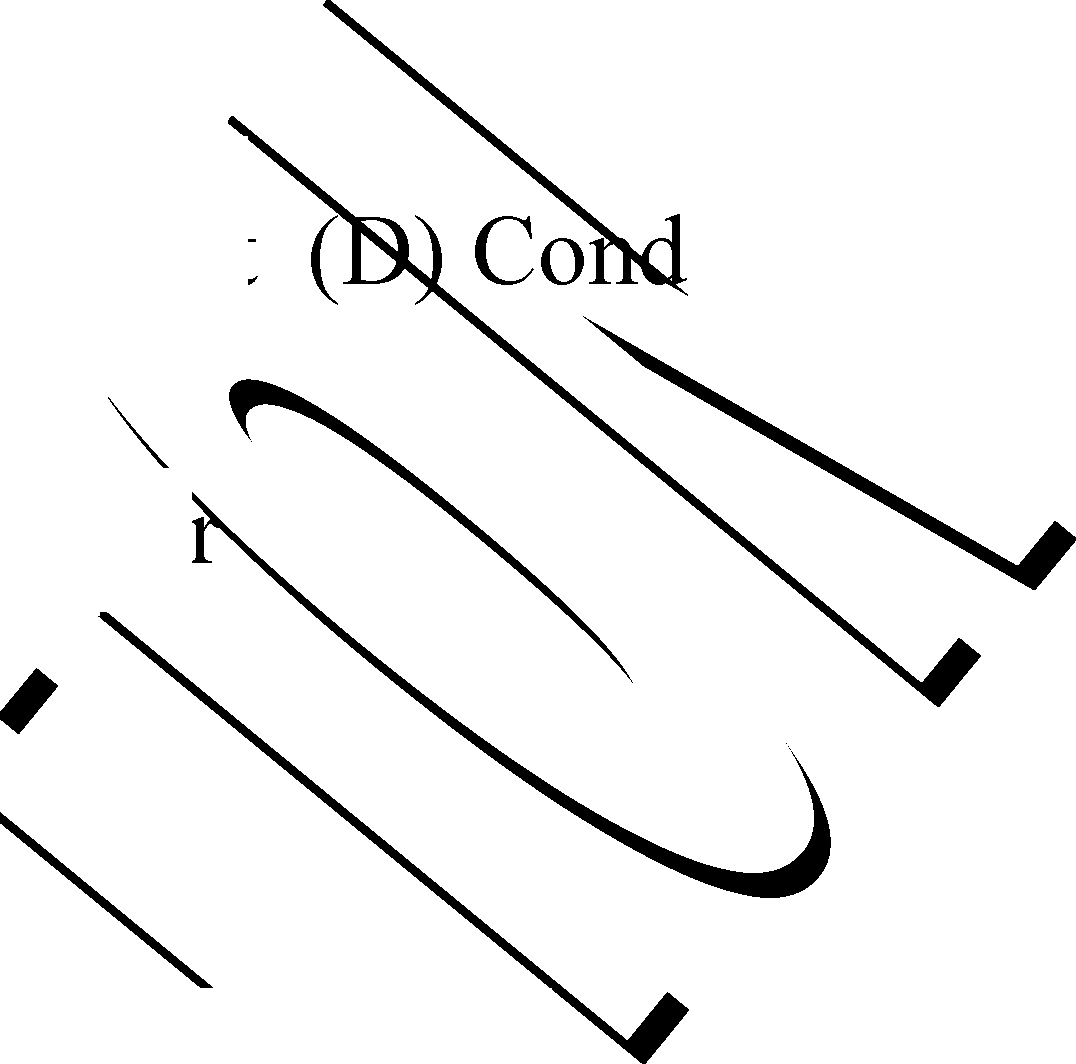
(A)Convergent (B) Oscillatory (C) Divergenl itionallyconvergent
(ii)If lim(un) = l then un is convergent fo
w
(iii) A sequence which is monotonic andPQunded i
|
(A)Absolutely Convergen | 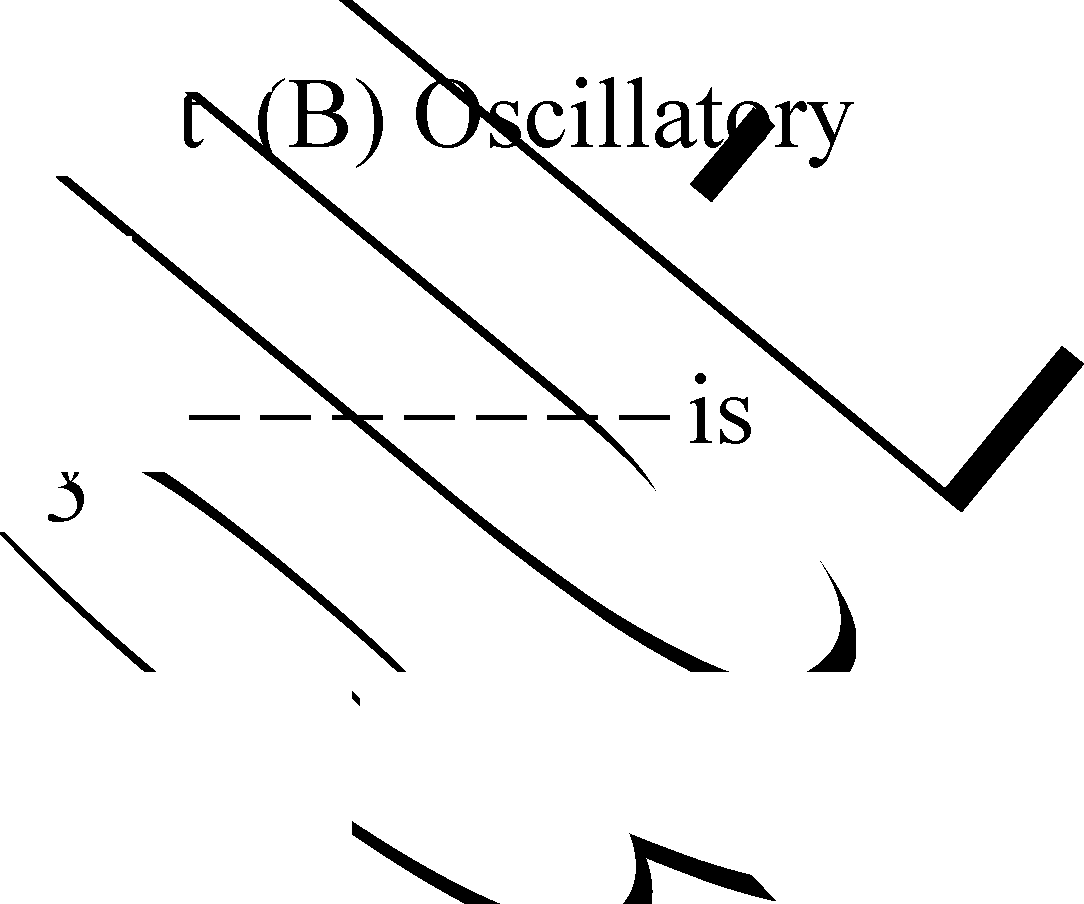 |
nC) jivergent (D) Convergent |
|
(C) Conditionallybonvergent ''lW(D) convergence | ||
(iv) The series 1 -1 +1 -L.+ 5 9\1*
(A)Absolutely Convergent (BjUscillatory
(1x 4 = 4) (4)
(6)
.v X2 X3
d. Test the series T= + ~i=--------for
V5 v7
(i)Absolute Convergence (ii ) Conditional convergence.
|
b. Determinfehehaturesaf the |
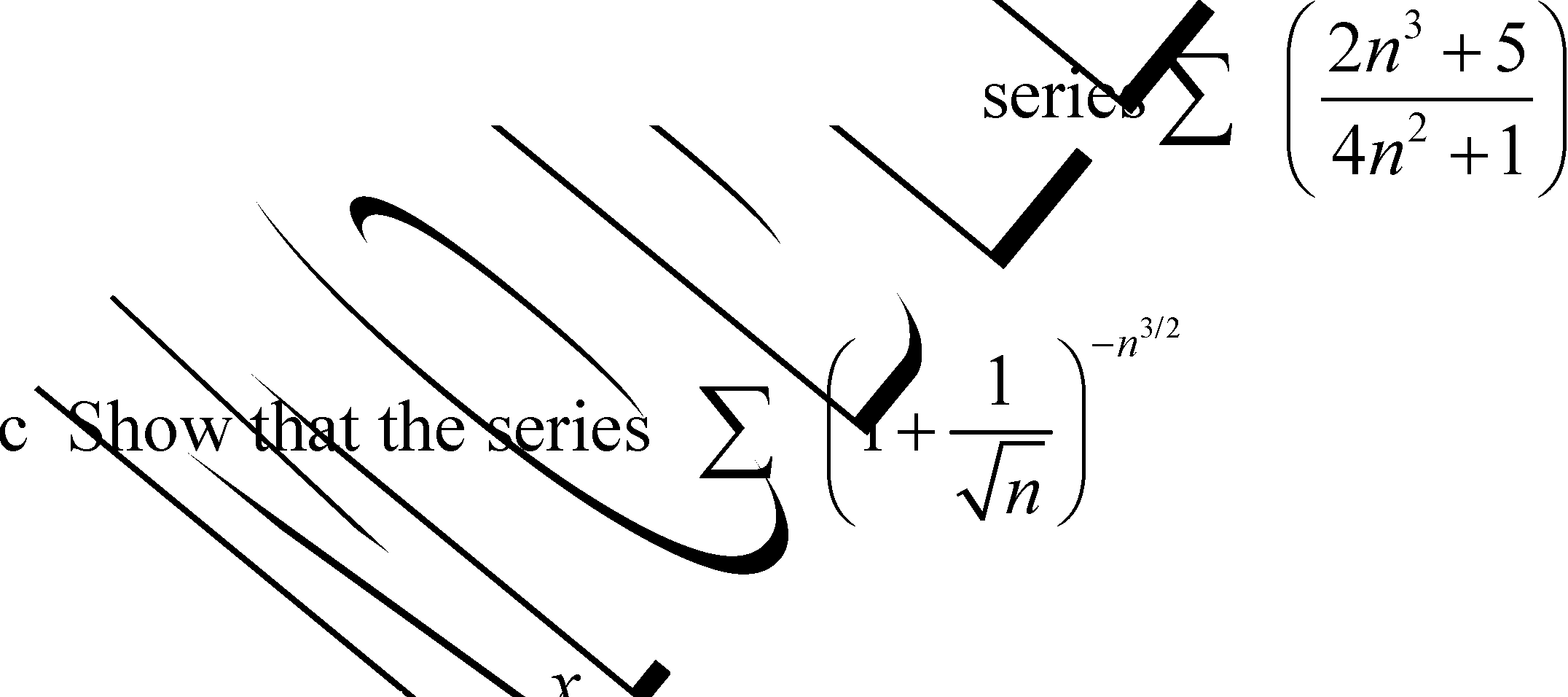 |
|
is convergent |
Q7. a (i) Three lines are coplanar if
(A) they are concurrent (B) a line is parallel
(C) a line is perpendicular to each of them
(D) they are concurrent and a line is perpendicular to each of them
(ii) The angle between two diagonals of a cube is
|
(A) 0 = cos-1(2/3) (B) 0 = cos-1(1/3) (C) 0 = cos-1(4/3) (D) 0 (iii) The general equation of the plane is (A) ax + by =d (B) ax + by- cz = d (C) ax + by + cz + d=0 (A)0 = cos-1 (5) (B)0 = s in-1 ) (C)0 = cos d . Find the angle between the lines x + 4 y - 3 z + | |
|
and | 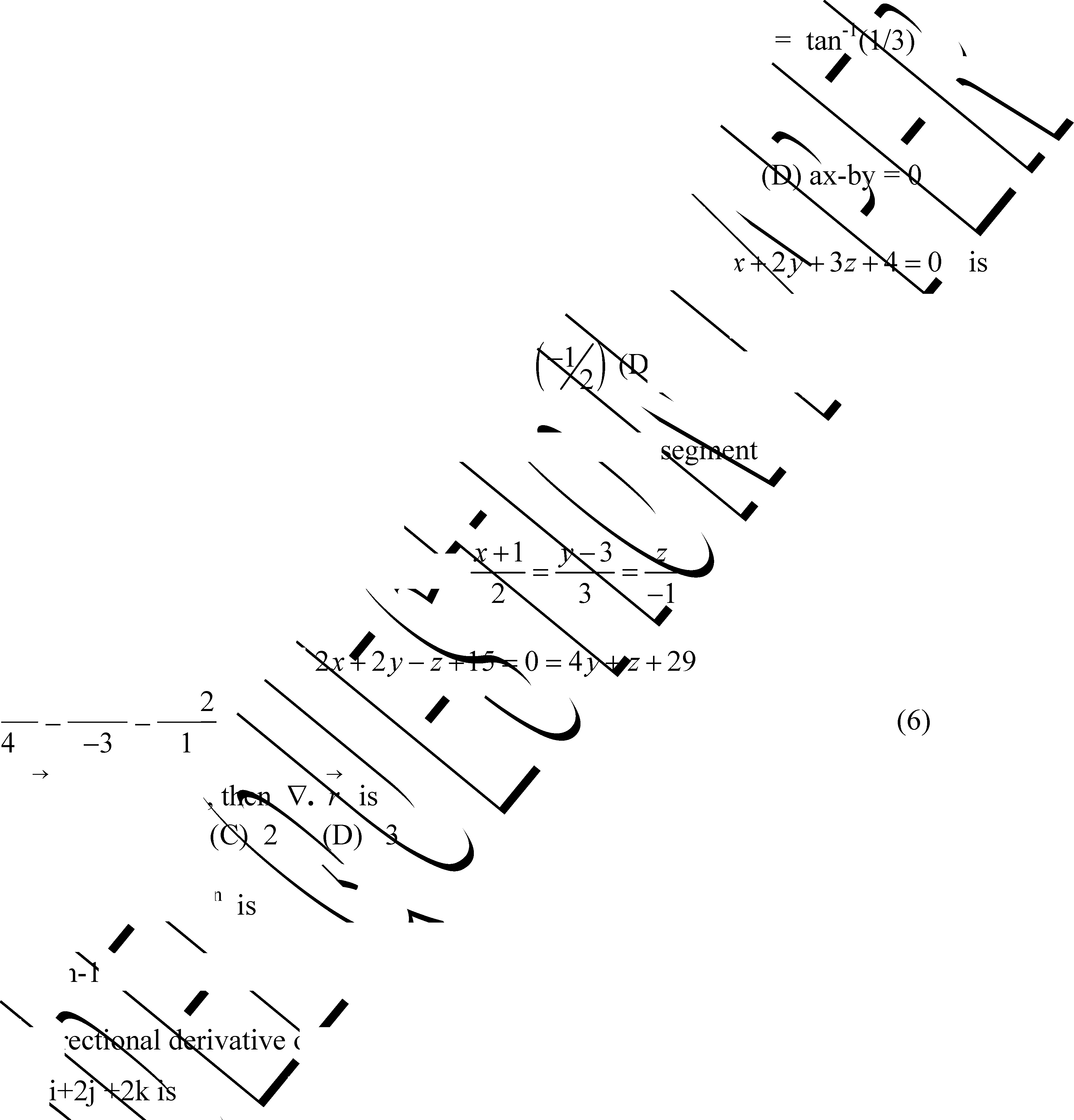 |
|
(6) (A%n/3XB) *Q/3J (C) -11/3 (D) 3/11 | |
.. . x +1 y-3 z + 2 , .
(iv) The angle between the line = ~ = 1 and theptaqe.
)0 = -sin\( 1/1 )(1x 4 = 4)
b Find the direction ratios and the direction cosines ofthe line joining the points P(1,2,-3) and Q(3,0,
c Find the image of the point (1,2,3) in theline
(4)
Q.8 a (i) If r = xi + yj + zk (A) 0 (B) 1
(ii)The value of\V r 1 / x
(A) n(n-1rn (B)ft(n+1)rn-2 (C) n(n+1)rn (D) n(n-1)rn-3
(iii) The airectional derivative or xy + yz at the point (2,-1,1) in the direction of
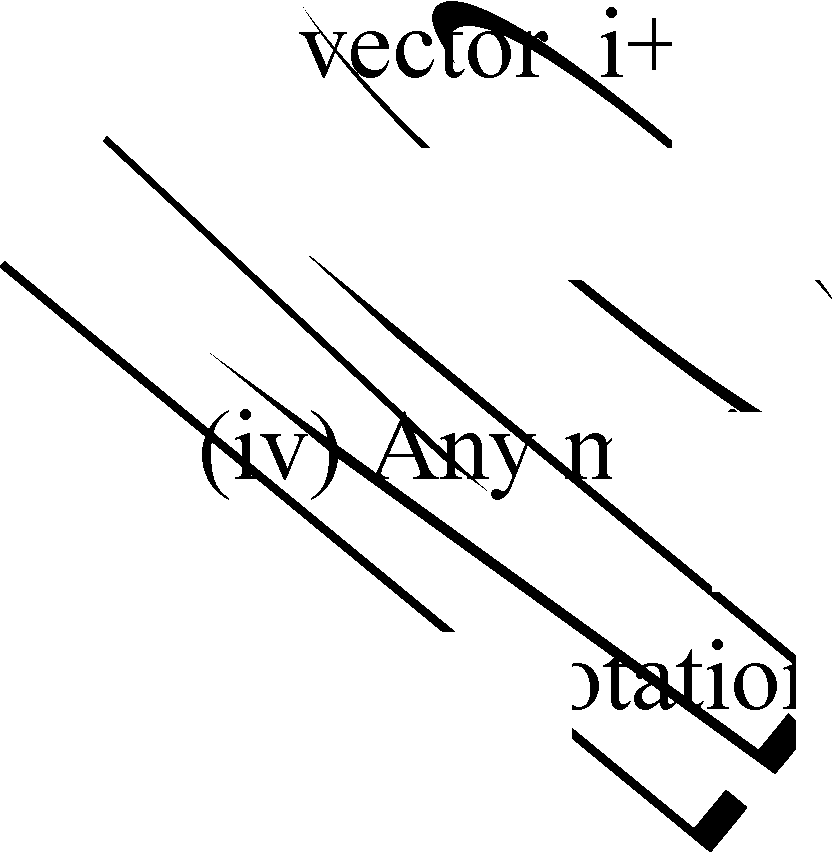
lotidnin which the curl of the velocity vector is zero is said to be (A)NRnftl (B) Scalar (C) Field (D) Irrotational (1x 4 = 4)
b Find the unit tangent vector to the curve r = t i +2tj-t k at the points t = 1
(4)
(6)
c If = x 3+y3+z3-3xyz,then find V and |v| at the point P(1,-1 ,2)
d If f and g are irrotational vector fields.Show that f x g is a solenoidal vector (6)
|
Attachment: |
| Earning: Approval pending. |
